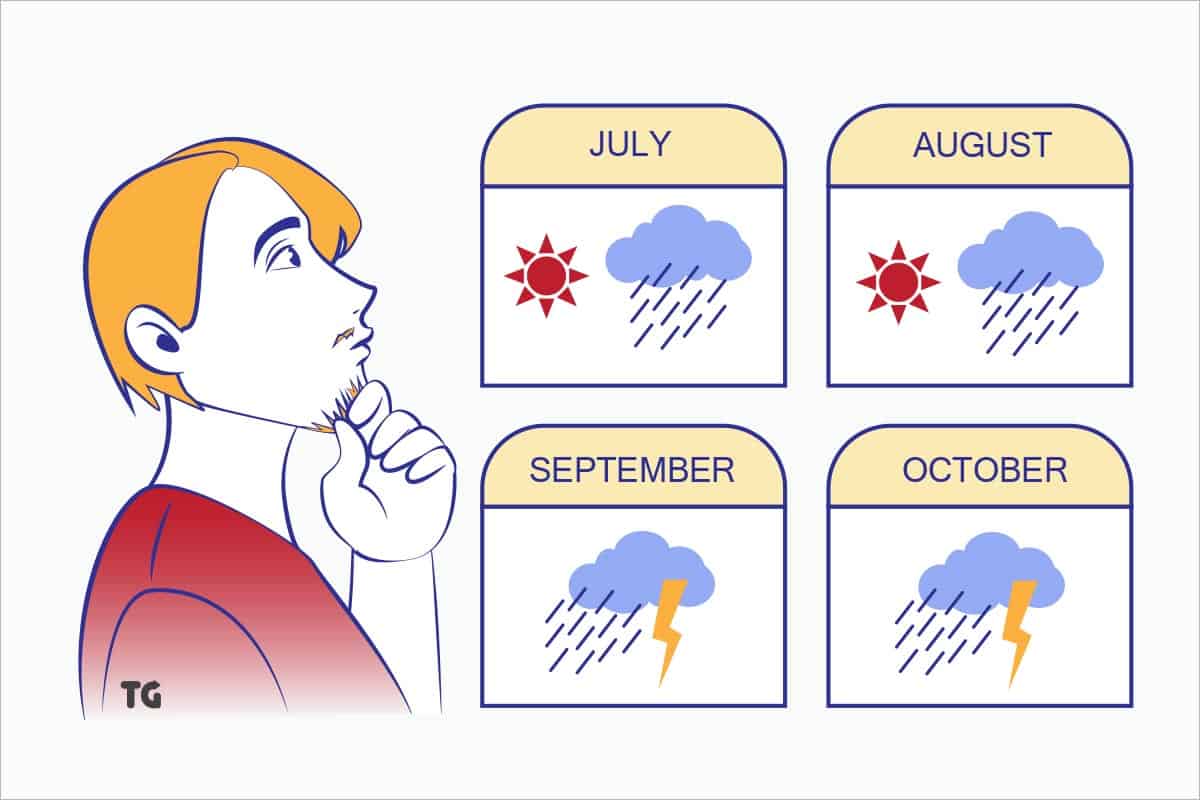The ideal time to visit Thailand usually depends on your priorities; do you prefer to sunbathe on the beach, run in the rain, or walk along the mountains admiring the cool weather and fresh air? This all depends on searching for the perfect time and season to visit Thailand.
Having three seasons – hot, cool, and rainy, Thailand is not a country of four seasonal changes. But that does not mean that the weather is predictable enough to make your day the best. It is important to consider the seasonal changes and plan your trip wisely.
So, knowing what (and when) is the low season in Thailand certainly helps.
The low season in Thailand takes place between July to October, since March to June is known as the hottest season. Additionally, June to October is known as the rainy weather season. Both of these allow for some positive and negative consequences to visiting in the low season, providing everyone an open mind when deciding on travel activities.
Let’s look into why tourists prefer to travel more in the cool weather months rather than preference for Thailand’s hot summer and rain. Although this might seem self-explanatory, there are many reasons why it can actually be better to travel during the low season.
Off-Season in Thailand
The low season in Thailand is usually between July to October. With only three seasons (hot, cool, rainy), it is fairly common for tourists to visit between November and March because it coincides with cool weather.
Thailand’s southern region consists of 2 seasons: dry and rainy. The west coast receives the heaviest rainfall from April to October, while the east coast receives rain from September to December (3). July-October remains the low visited region due to the rainy weather while March to June becomes too hot (3).
To go more into detail, let’s look into all of the months and whether or not there are excellent, good, fair, or poor times to visit Thailand:
November-March (Spring/High Season):
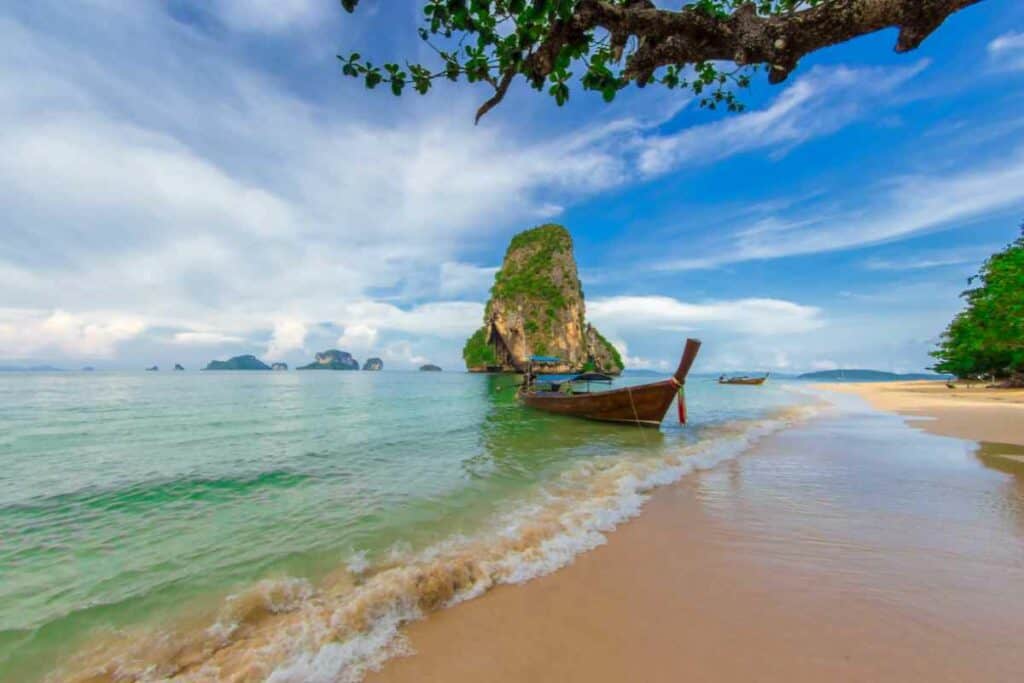
November-March is considered an excellent time to travel due to an average day temperature of 31-C34C. This time is referred to as the “spring” of Thailand, making it the busiest time of the year (1). This takes place just after the ending of the monsoon (rainy) season, when the sun has returned to the country after several months (1). The weather becomes dry and warm, allowing for very little rain but also very high sun to reach the mainland. Thus, making it an idle season to visit the beaches. Moreover, this is around Christmas time, making it even more popular (1). It is recommended that during these months, you visit premium beach spots; Krabi, Khao Lak, Ko Samui, and Phuket are just a few examples that celebrate festivals, including Loy Krathong and Chinese New Year (1).
April-June (Shoulder+Summer Season):
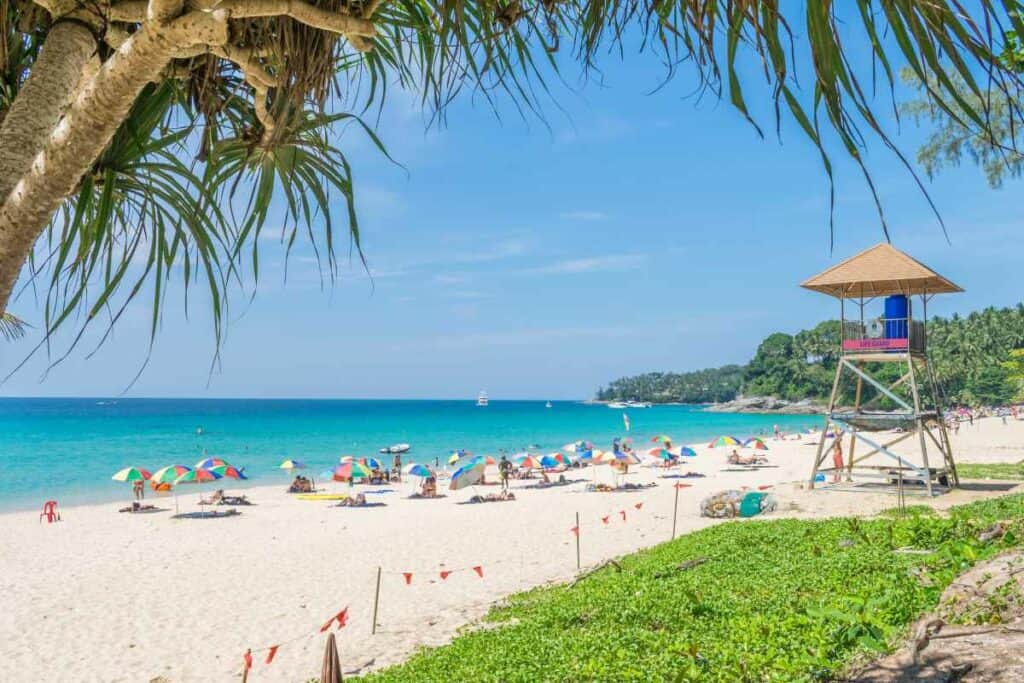
April to June is considered the Summer/Shoulder Season, with temperatures rising between 33C-35C and high night temperatures of 26C (1).
During these months, the weather starts to heat up, making it difficult to travel through historical areas such as temples and taking that vacation trip to the beach. However, this is a better time to travel to Bangkok and Chiang Mai, when tickets are cheaper and there are fewer crowds (1).
July-August (Low Season of Monsoons):
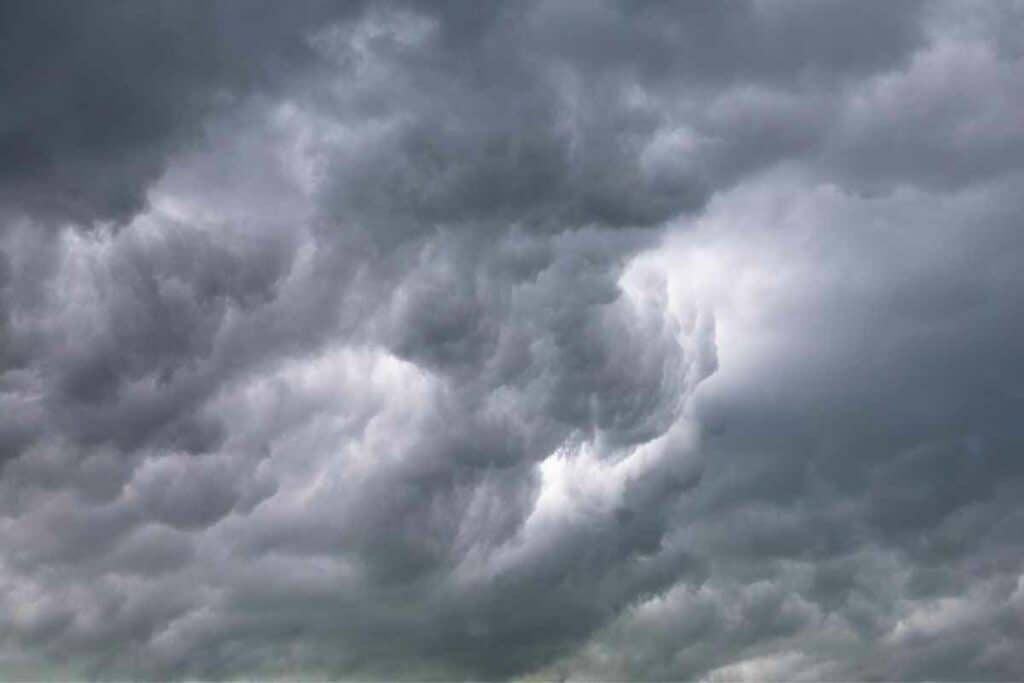
On the other hand, the low season of July to August is blooming with the perfect summer temperature of around 25C-37C, alongside heavy rainfall of 71-87mm in the Golden Triangle and Chiang Mai (1).
This is a better time to look for cheap accommodation, where time spent on beach resorts will be half the price than it is all year round. You can explore Koh Samui, Khanom, Hua Hin, and Cha Am, making note of the rain forecast (1).
September-October (Heavy Monsoon Season):
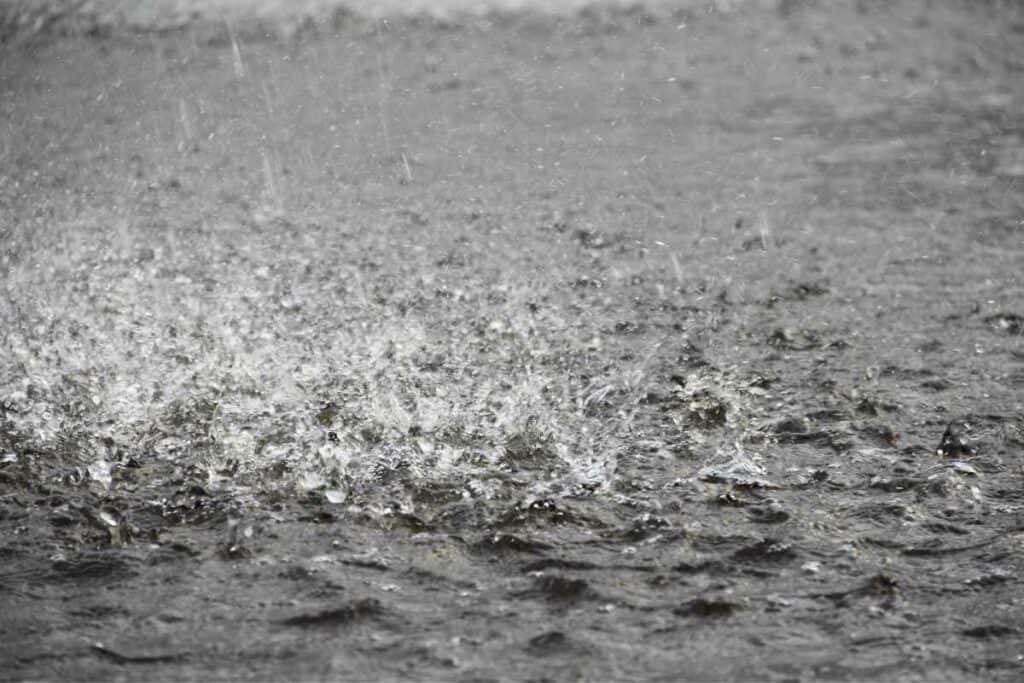
September to October is known for the wet months, when monsoons shift to the country’s eastern side and Koh Samui, Krabi, and Phuket experience rainfall. The temperatures go as high as 34C-35C in Bangkok, with 179-247mm in rain (1).
This time of the year is only rather good for vegetarians, as it is when the 9 long day Vegetarian Festival takes place in Phuket city. It is also a time recommended for wildlife enthusiasts who wish to explore Khao Sok National Park in the rainy season (1).
Cons of Thailand’s Low Season
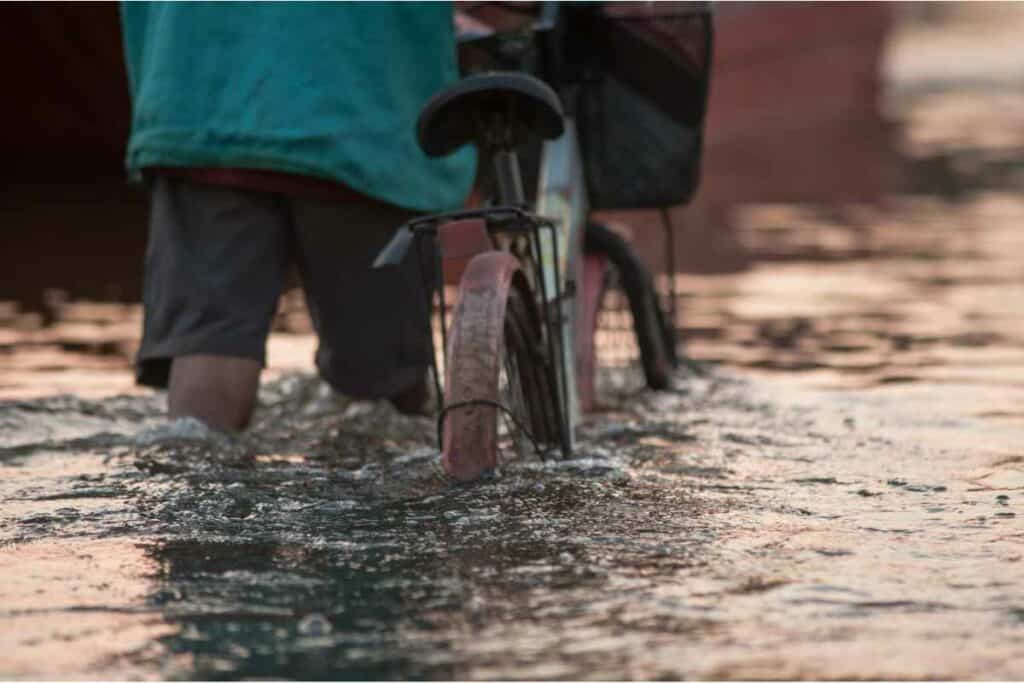
There are many negative consequences to visiting Thailand during the low season. While the weather is less ideal, the temperature during the hotter months is just as bearable, or maybe worse. While rain occurs almost every day during the months of March-October, the centers of Bangkok, Phuket, and Chiang Mai receive brief rain showers that last a short period of time, making it confusing to make plans around them (3).
Some tourists have pointed out their vacation was nothing like imagined; when traveling to Koh Lanta, it rained almost every day of the low season (2). During that time, the sky was dull and gloomy, and heavy downpour had made it impossible for activities to take place. The wet season is slow, resulting in quiet party areas and the closing of scuba diving and other water activities. Some even recall taking shelter on 7/11 for over 2 hours before deciding to just go home in the heavy rain (2).
Additionally, some hotels and resorts close during the low season because traffic is severe and tourists are sparse; the activities may be less enjoyable because the stormy weather can interfere with enjoyable activities such as snorkeling or scuba diving (3)
Pros of Thailand’s Low Season

Despite the hot, rainy weather being a low indicator for travel, there are many positive advantages of traveling to Thailand during the low season. For one, it is significantly cheap; prices will be half the price of what they usually are during the busy and high season, especially in tourist-oriented locations (3).
There is also no need to plan ahead or book accommodation as there will be many available rooms and easy access to arrange bus or train travel (3). Not only will this also flexibility in your schedule, but you will not be interrupted by loud crowns and chaos- something that can at times ruin the fun of your vacation. The best advantage is that the temperatures are generally lower during the wet monsoon season; it is refreshing just before and after it rains, creating a cooler atmosphere, with less need for air conditioning and other expensive facilities (2).
Hotel rooms during the low season are as low as 200 baht per night for a fan room, which is only $5.70 a night. Additionally, rooms with air conditioning, a tv, fridge, and hot shower only cost 300 baht. This is surely one of the cheapest rental seasons in Thailand, as the normal price for accommodation at an average hotel is 600 -700 baht per night.
When traveling during the monsoon season, you can also expect better staff, security, and a space to feel at home. Moreover, it is generally less busy; while buses and trains cost the same price, you can enjoy more of what you see when fewer people are around (2). Many tourists have mentioned that their stay was cheaper and more convenient; during the two wet months, they always found a convenient place to stay and were able to visit the best tourist attractions in calm and quiet environments (2).
Moreover, the rainy season is also beautiful and scenic; lush vegetation and abundant gardens and countryside leave room for millions of picturesque locations and discoveries. Not only can you travel on your own, but tour groups are also smaller, making it more entertaining and giving you the perfect opportunity to make friends in a new country and hang out with your group members.
The biggest highlight of the low season is definitely Songkran, the Thai new year’s water festival held in April every year. As the locals participate in the world’s largest water fights, you can also wear bright colors, buy a water gun, and enjoy the fun (3).
Conclusion
To summarize, it is evident that the months of July to October are known as the low season in Thailand. That time period is followed by a decrease in tourism and an increase in rainfall, beginning the start of the monsoon season. If you are looking to travel on a budget, this can be a better way to explore Thailand under fewer crowds and on an affordable budget.
On the other hand, the high season from November-March puts an end to the monsoon season and remains a more tropical and perfect summer vacation. The reason why Thailand is a dream destination for many. While costs are higher, more activities are available in the summertime, such as water sports, parties, and group tours- making it a better option for adventurous tourists.
Like always, if you want to discover more about Thailand, stay guided with ThaiGuider. You might learn something you never knew about this unique country.
References
1. Jensen, Erik. Best Time To Visit Thailand. bookmundi. [Online] November 9, 2021. https://www.bookmundi.com/t/best-time-to-visit-thailand/.
2. Chris. Traveling Thailand In Wet Season, Advantages And Disadvantages. Wildkiwi Adventure. [Online] [Cited: December 19, 2021.] https://www.wildkiwiadventurer.com/thailand-wet-season/?v=86333951643b/.
3. Fareboom Staff. Should You Visit Thailand in the Low Season? Fareboom. [Online] January 4, 2019. https://www.fareboom.com/News/Details/1005492/should-you-visit-thailand-in-the-low-season/.
THINKING ABOUT A TRIP TO THAILAND?
I am working on a FREE Thailand Travel Guide with a FULL 7 Day Itinerary. Be the first to receive it!
Thank you for signing up.
Something went wrong.
